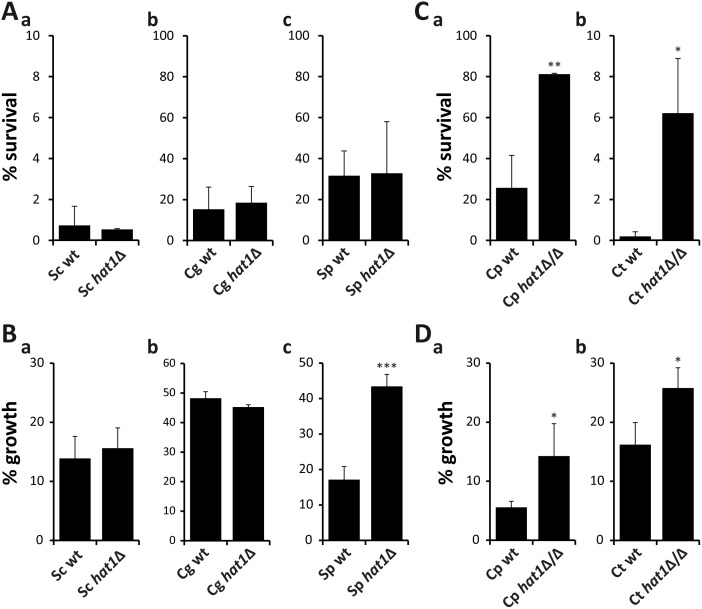Fig 3. Resistance phenotypes caused by loss of Hat1 are specific for C. albicans.
(A) Deletion of HAT1 in S. cerevisiae (a), C. glabrata (b) and S. pombe (c) has no effect on H2O2 resistance. Exponentially growing cells were treated with 5 mM (a), 50 mM (b) or 20 mM (c) H2O2 for 2 hours. Cells were plated and colonies counted after 3 days of incubation on YPD plates at 30°C to determine viability. Data are shown as mean + SD from three independent experiments. (B) Lack of Hat1 in S. cerevisiae (a) and C. glabrata (b) does not increase azole tolerance. Deletion of Hat1 in S. pombe reduces susceptibility to voriconazole (c). Logarithmically growing cells were diluted into medium containing 150 ng/ml (a), 1000 ng/ml (b) or 800 ng/ml (c) voriconazole and incubated at 30°C for 24 hours. OD600 was determined and growth inhibition relative to untreated samples was calculated. Data are shown as mean + SD from three independent experiments. (C) C. parapsilosis (a) and C. tropicalis (b) hat1Δ/Δ cells show increased resistance to H2O2. Experiment was performed as described in (A). H2O2 concentrations were 50 mM (a) and 20 mM (b). (D) Loss of Hat1 in C. parapsilosis (a) and C. tropicalis (b) reduces susceptibility to voriconazole. Experiment was performed as described in (B). For C. parapsilosis cells were incubated for 41 hours prior to OD600 measurement. Voriconazole concentrations were 50 ng/ml (a) and 200 ng/ml (b). (A-D) *P<0.05, **P<0.01 and ***P<0.001 relative to the corresponding wild-type (Student's t-test).

